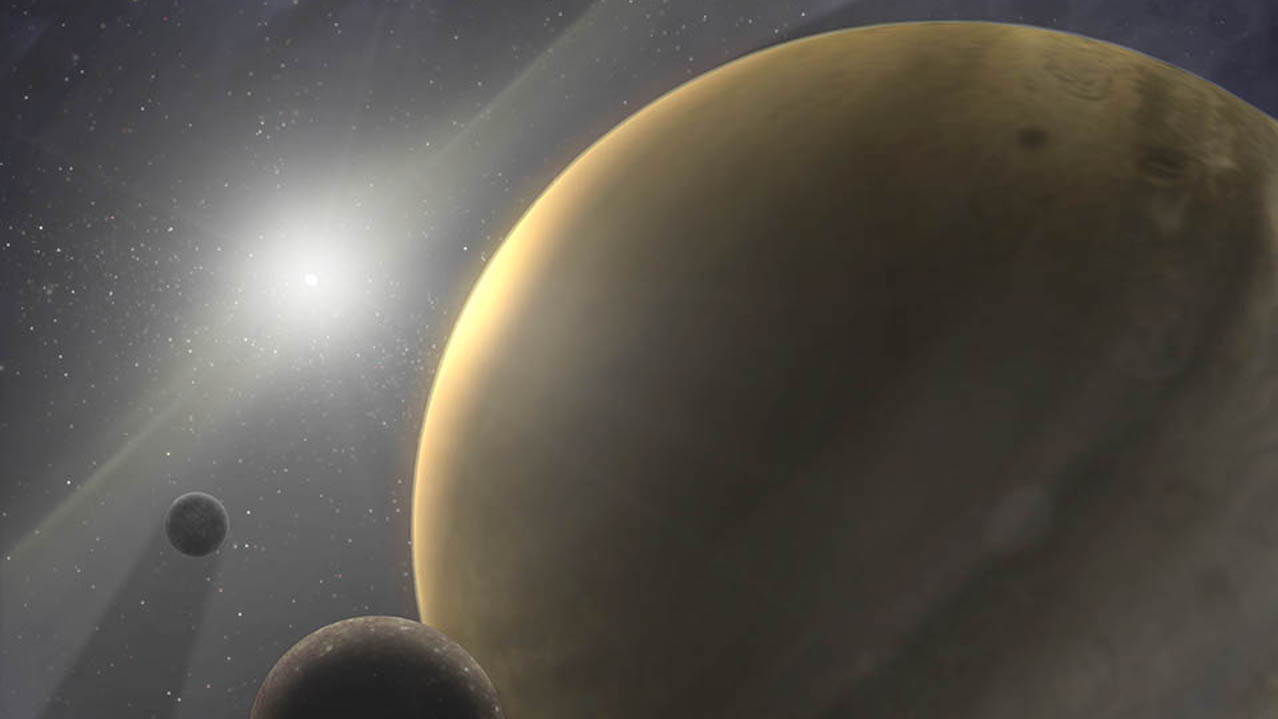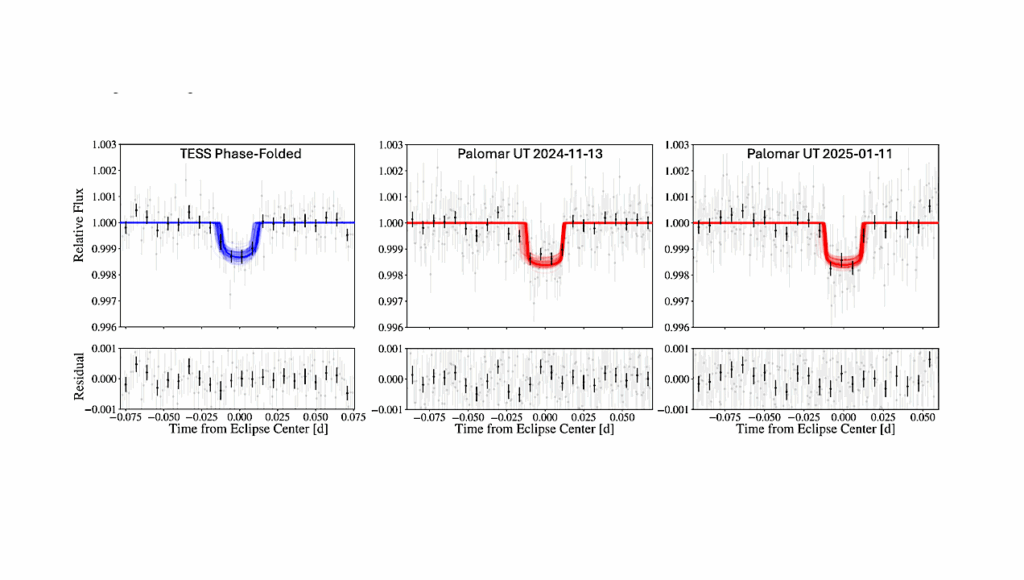Warm Giant Exoplanet Characterisation: Current State, Challenges And Outlook

The characterisation of giant exoplanets is crucial to constrain giant planet formation and evolution theory and for putting the solar-system’s giant planets in perspective.
Typically, mass-radius (M-R) measurements of moderately irradiated warm Jupiters are used to estimate the planetary bulk composition, which is an essential quantity for constraining giant planet formation, evolution and structure models.
The successful launch of the James Webb Space Telescope (JWST) and the upcoming ARIEL mission open a new era in giant exoplanet characterisation as atmospheric measurements provide key information on the composition and internal structure of giant exoplanets. In this review, we discuss how giant planet evolution models are used to infer the planetary bulk composition, and the connection between the compositions of the interior and atmosphere.
We identify the important theoretical uncertainties in evolution models including the equations of state, atmospheric models, chemical composition, interior structure and main energy transport processes. Nevertheless, we show that that atmospheric measurements by JWST and ARIEL and the accurate determination of stellar ages by PLATO can significantly reduce the degeneracy in the inferred bulk composition.
Furthermore, we discuss the importance of evolution models for the characterisation of direct-imaged planets. We conclude that giant planet theory has a critical role in the interpretation of observation and emphasise the importance of advancing giant planet theory.
Simon Müller, Ravit Helled
Comments: 15 pages, 2 figures, accepted for publication in Frontiers in Astronomy and Space Sciences
Subjects: Earth and Planetary Astrophysics (astro-ph.EP)
Cite as: arXiv:2304.12782 [astro-ph.EP] (or arXiv:2304.12782v1 [astro-ph.EP] for this version)
https://doi.org/10.48550/arXiv.2304.12782
Focus to learn more
Submission history
From: Simon Müller
[v1] Tue, 25 Apr 2023 13:05:13 UTC (316 KB)
https://arxiv.org/abs/2304.12782
Astrobiology








